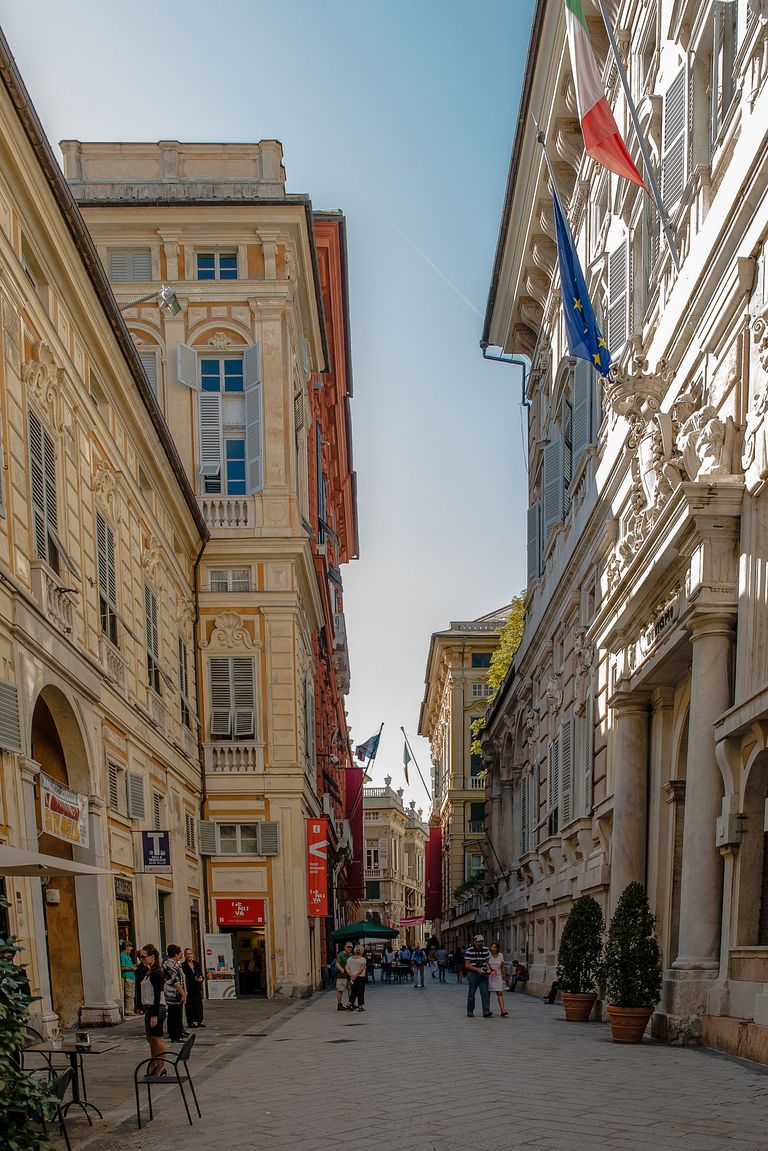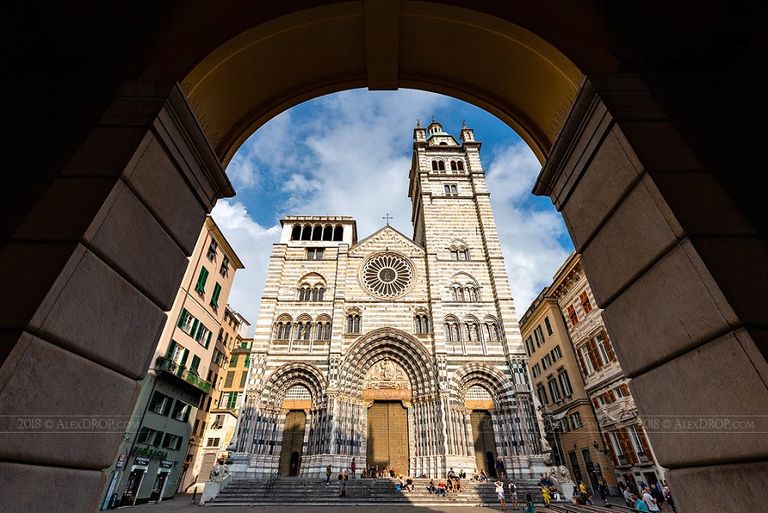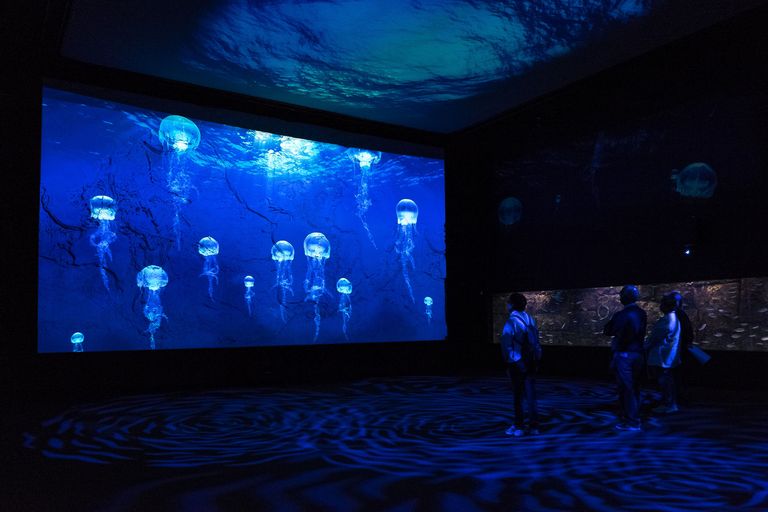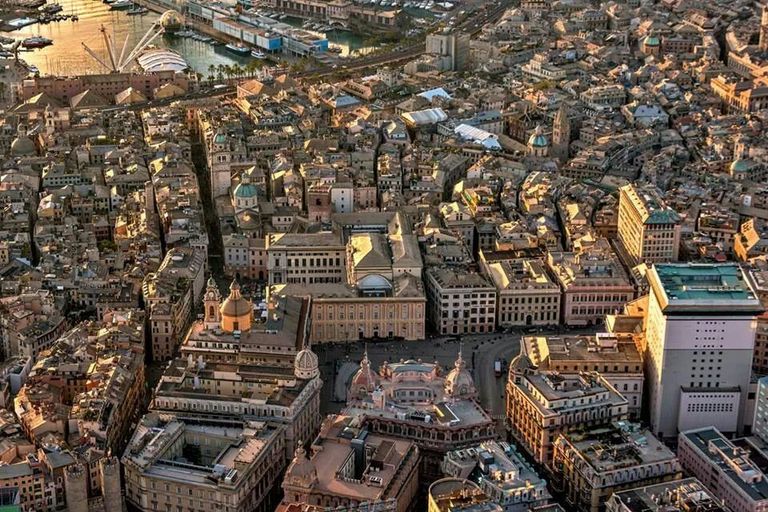
In Italy there are approximately 1500 museums, among them the most important find heritage museum in the world, due to its rich artistic heritage which represents almost half of the world's heritage.
The importance of Italian museums exceeded scientific interest and research, about 30 years to become an important social educational tool.
Italy has a wealth of museums displaying art and artifacts from prehistory through modern days. Whether you're looking for archeology, Renaissance paintings, or modern art, Italy has something for you. Find out which museums have what you want to see with this guide to the best museums in Italy.
We present a list of the most important museums in Italy.
The Vatican Museums (Rome): Rambling, disorganized, and poorly labeled they might be, but these buildings are packed with treasures accumulated over the centuries by the popes. There's the incomparable Sistine Chapel, such priceless ancient Greek and Roman sculptures as Laocoön and the Belvedere Apollo, buildings whose walls were almost completely executed by Raphael (including his majestic School of Athens), and endless collections of art ranging from (very pagan) Greco-Roman antiquities to Christian art by European masters. 
Galleria Borghese (Rome): One of the world's great small museums reopened a few years ago after a 14-year restoration breathed new life into the frescoes and decor of this 1613 palace. That's merely the backdrop for the collections, which include masterpieces of baroque sculpture by a young Bernini and paintings by Caravaggio and Raphael.
National Etruscan Museum (Rome): Mysterious and, for the most part, undocumented, the Etruscans were the ancestors of the Romans. They left a legacy of bronze and marble sculpture, sarcophagi, jewelry, and representations of mythical heroes, some of which were excavated at Cerveteri, a stronghold north of Rome. Most startling about the artifacts is their sophisticated, almost mystical sense of design. The Etruscan collection is housed in a papal villa dating from the 1500s.
Uffizi Gallery (Florence): This 16th-century Renaissance palace was the administrative headquarters, or uffizi (offices), for the Duchy of Tuscany when the Medicis controlled Florence. It's estimated that up to 90% of Italy's artistic patrimony is stored in this building, the crown jewel of Italy's museums. This is the world's greatest collection of Renaissance paintings.
Bargello Museum (Florence): Originally built as a fortress palace in 1255, this imposing structure is now a vast repository of some of Italy's most important Renaissance sculpture. Donatello's bronze David is a remarkable contrast to the world-famous Michelangelo icon.
National Gallery of Umbria (Perugia): Italian Renaissance art has its roots in Tuscan and Umbrian painting from the 1200s. This collection, on the top floor of the Palazzo dei Priori (parts of which date from the 1400s), contains a world-class collection of paintings, most executed in Tuscany or Umbria between the 13th and the 18th centuries. Included are works by Fra Angelico, Piero della Francesco, Perugino, Duccio, and Gozzoli, among others.
Academy Gallery (Venice): One of Europe's great museums, this is an incomparable collection of Venetian painting, exhibited chronologically from the 13th to the 18th century. It's one of the most richly stocked art museums in Italy, boasting hundreds of works by Bellini, Carpaccio, Giorgione, Titian, and Tintoretto.
Peggy Guggenheim Collection (Venice): A comprehensive, brilliant modern art collection, assembled by legendary arts patron Peggy Guggenheim, is housed in an unfinished palazzo along the Grand Canal. The collection is a cavalcade of 20th-century art, including works by Max Ernst (one of Ms. Guggenheim's former husbands), Picasso, Braque, Magritte, and Giacometti.
Brera Picture Gallery (Milan): Milan is usually associated with wealth and corporate power, and those two things can buy a city its fair share of art and culture. The foremost place to see Milan's artistic treasures is the Brera Picture Gallery, whose collection -- shown in a 17th-century palace -- is especially rich in paintings from the schools of Lombardy and Venice. Three of the most important prizes are Mantegna's Dead Christ, Giovanni Bellini's La Pietà, and Carpaccio's St. Stephen Debating.
National Archaeological Museum (Naples): Naples and the region around it have yielded a wealth of sculptural treasures from the Roman Empire. Many of these riches have been accumulated in a rambling building designed as a barracks for the Neapolitan cavalry in the 1500s. Much of the loot excavated from Pompeii and Herculaneum, as well as the Renaissance collections of the Farnese family, is in this museum, which boasts a trove of Greco-Roman antiquities.










If you liked this article, subscribe to the feed by clicking the image below to keep informed about new contents of the blog:

I hope you enjoyed this book. If you have any questions, or want to supplement this post, please write in the comments area. You can also visit Facebook, Twitter, LinkedIn, Instagram, Pinterest and Feedly where you'll find further information in this blog. SHARE THIS!








































0 commenti:
Post a Comment